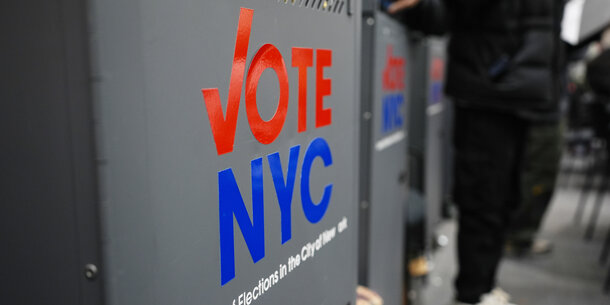This week, the Senate figured out how to work around the filibuster to raise the debt ceiling by a majority vote. Yes, lawmakers said, there are Senate rules and practices, but when the moment demands, key legislation needs to come to a vote.
Another crisis demands a similar response: the concerted effort nationwide to sabotage our elections. Vote suppression, gerrymandering, intimidation of election officials, and the wholesale theft of elections by partisan state legislatures all threaten our democracy. Congress has the power to stop this, if it has the political will to do so.
The For the People Act (FTPA)* and the John R. Lewis Voting Rights Advancement Act (VRAA) passed the House this year. The only remaining obstacle is the Republican minority, obstinately wielding a filibuster to prevent even debate on the VRAA and the Freedom to Vote Act, compromise legislation that includes key provisions from the FTPA and more. Once Congress passes these, President Biden stands ready to sign. Where’s the workaround for voting rights?
Remember, the filibuster is not in the Constitution. In fact, the Framers knew well the dangers of a supermajority requirement. That’s what they had during the Articles of Confederation years, and they saw how it can grind government to a halt.
For much of the country’s history, the filibuster was used rarely, but was deployed by Southern defenders of segregation to stop voting rights and civil rights bills. Over time lawmakers frequently changed the rules and practices. In 1975, senators reduced the number of votes required to end debate.
But in the past quarter century, partisans have begun to filibuster, well, everything, and to do it simply by raising an objection rather than talking into the night. The result, effectively, has been a 60-vote requirement for legislation. That’s unworkable. It gives a minority faction the power to block any action. Rather than spurring compromise, it drives polarization.
So the Senate has carved out exceptions or created workarounds. Today, a majority vote is used to confirm Supreme Court justices, lower court judges, and executive branch officials. A majority can pass the budget reconciliation bill, as we all now know. But it’s not only these high profile topics. Trade agreements pass by a majority vote. So do military base closings. In fact, 161 exceptions to the 60-vote requirement have been created by rules or statute between 1969 and 2014.
The ironic result, in fact, is that just about the only bills that currently are still subject to the full filibuster are civil rights and voting rights bills – just as was the case in the 1950s heyday of Southern resistance. (These bills don’t cost gobs of money – if they did, they could be part of reconciliation.)
That fact has an ugly history behind it. Between 1917 and 1994, 30 measures were killed by the filibuster. Half dealt with civil rights, such as authorizing the federal investigation and prosecution of lynching. The Civil Rights Act of 1964 passed only after 60 days of debate.
It’s 2021, not 1951. The Senate’s dysfunctional procedures are not sacrosanct. Voting rights are. Repeatedly throughout history lawmakers have taken steps to strengthen the Senate so it can act in the public interest. As states gerrymander with abandon, as legislators prepare to pass the next wave of voter suppression laws starting in January, much hangs in the balance. Yes, refusing to raise the debt ceiling would be catastrophic for the country. So would losing our democracy.
*CORRECTION: The Freedom to Vote Act, currently before the Senate, did not pass the House. Its predecessor, the For the People Act, did in March 2021. The error has been corrected.



